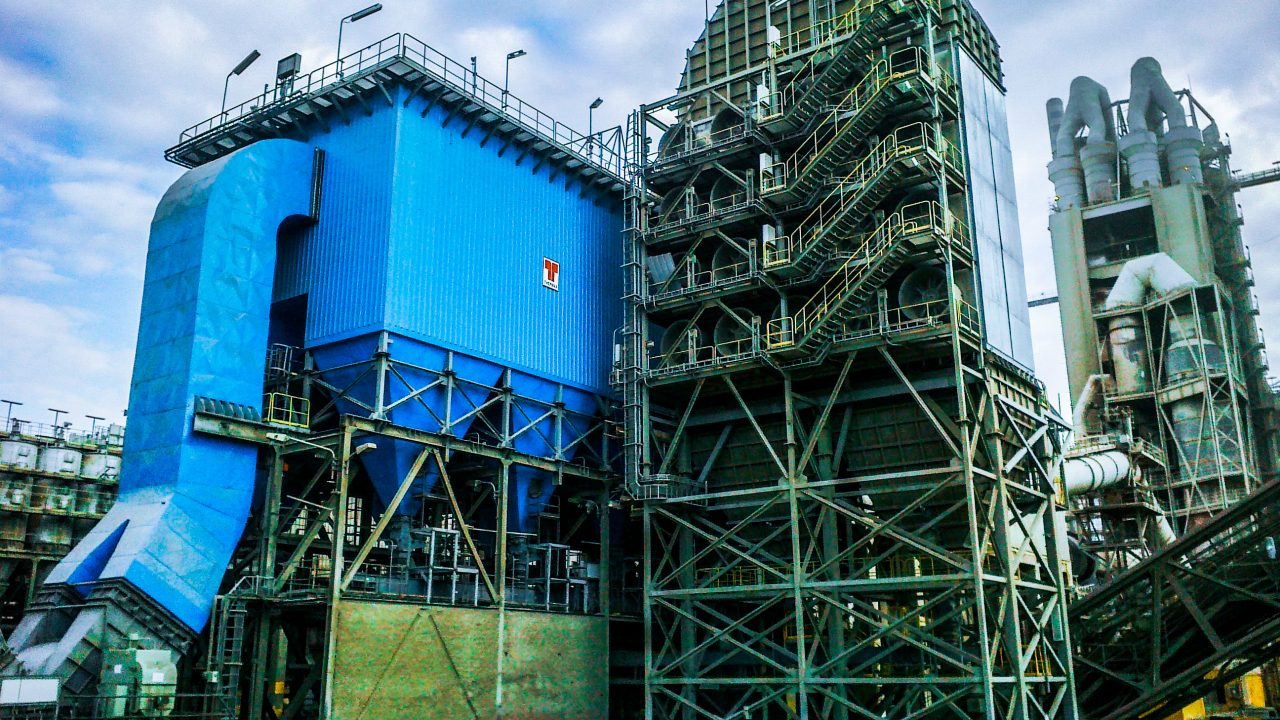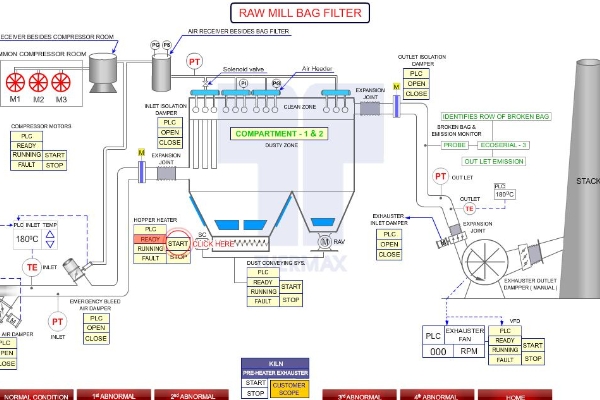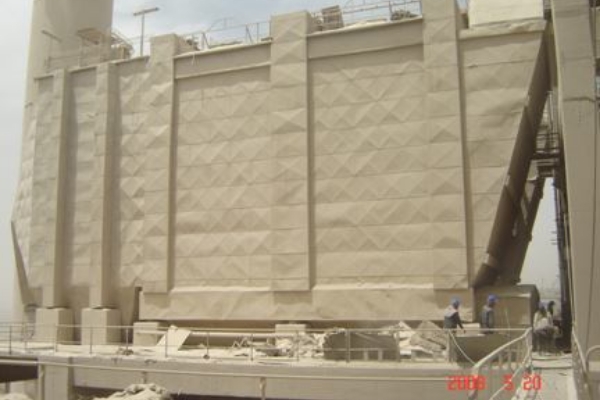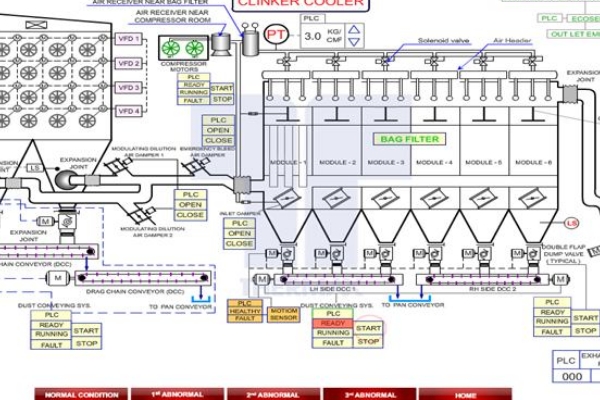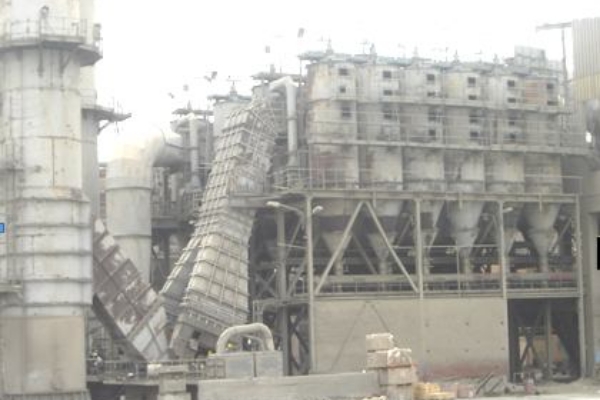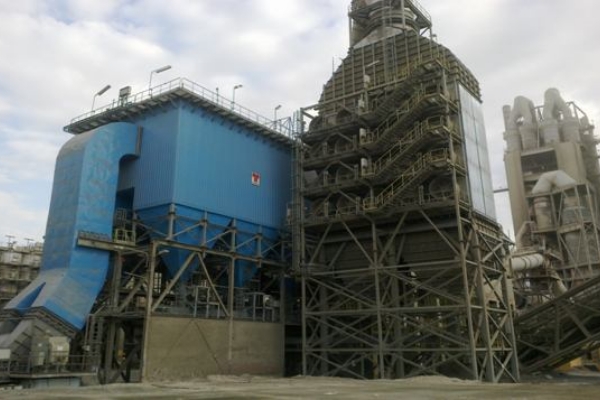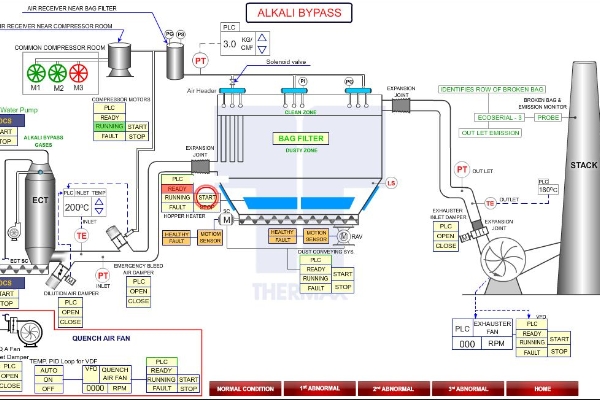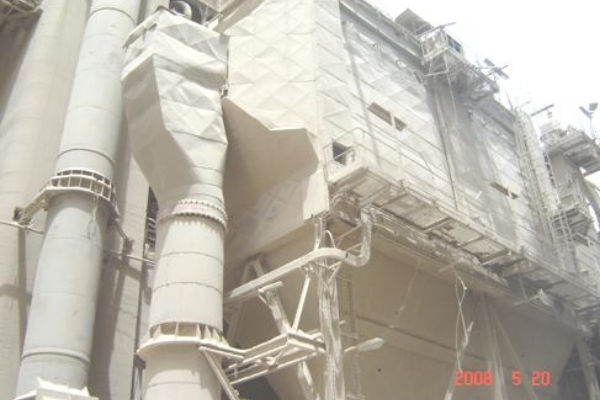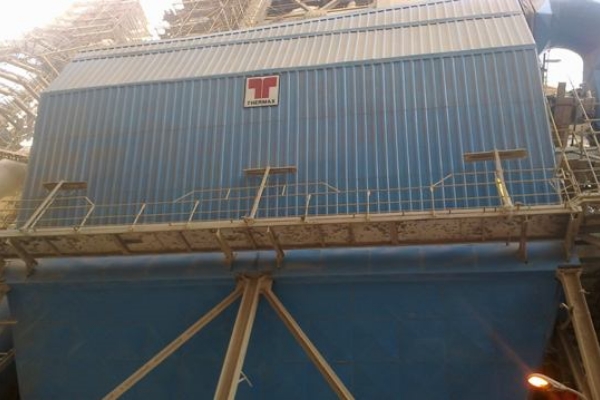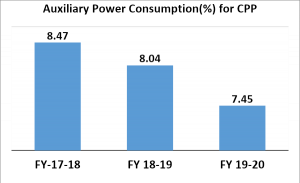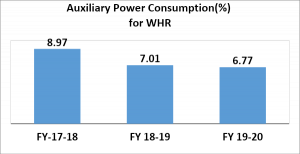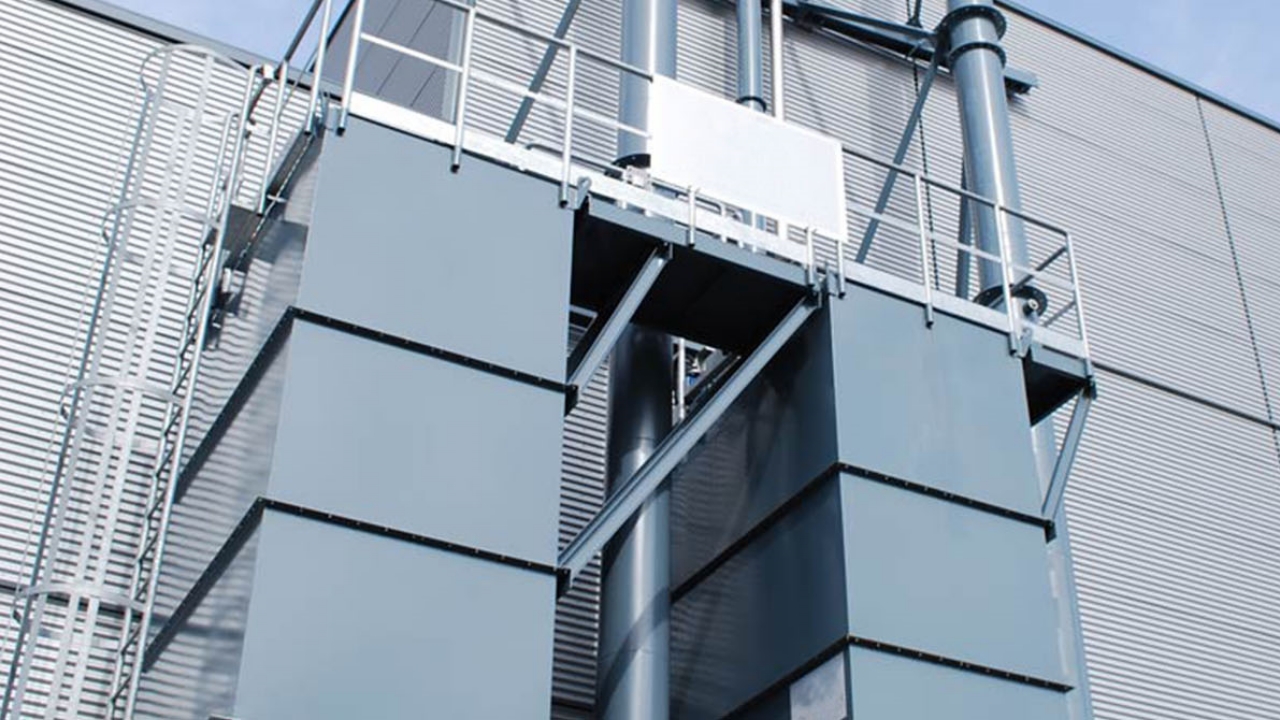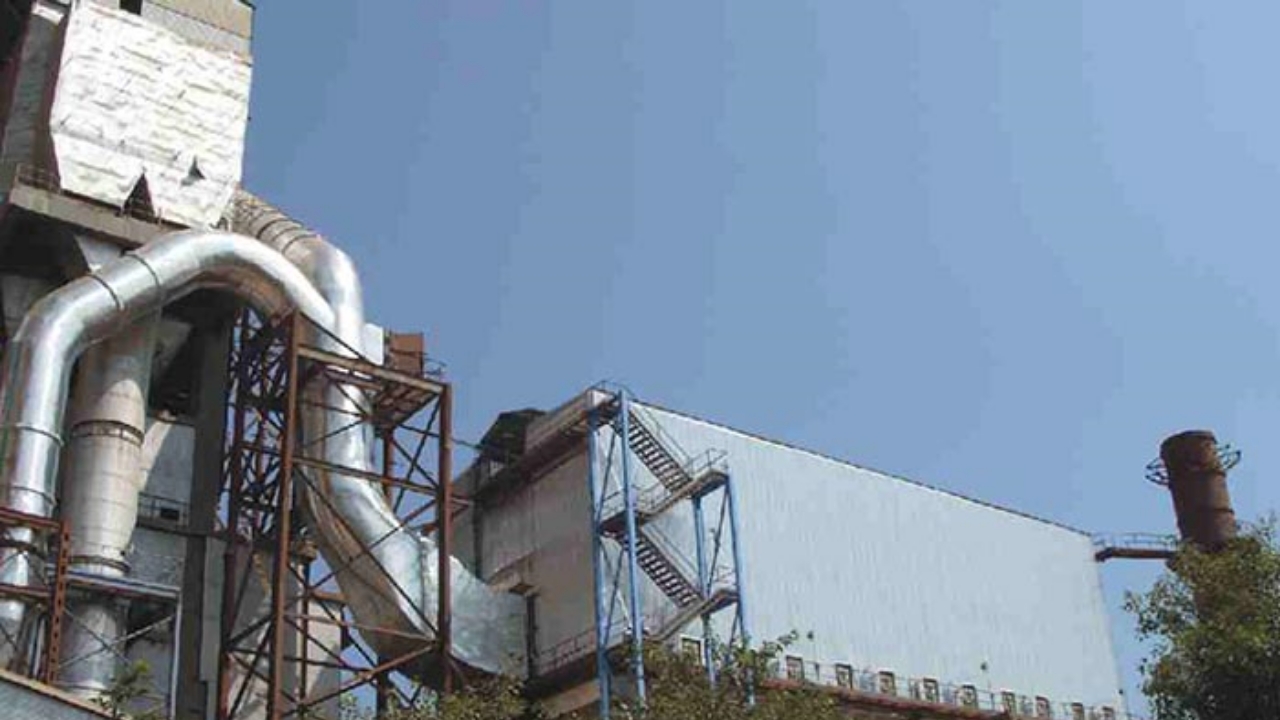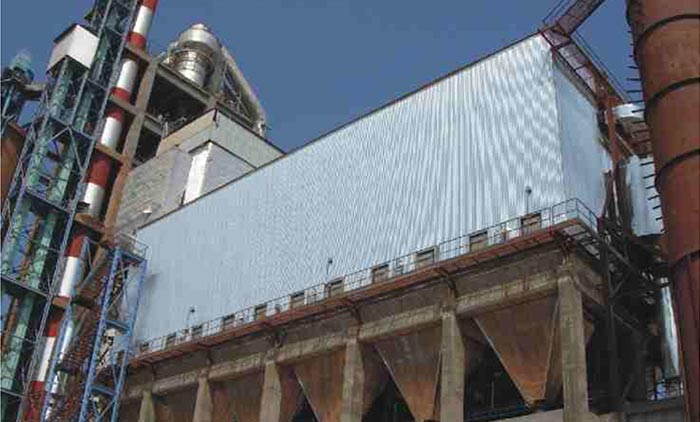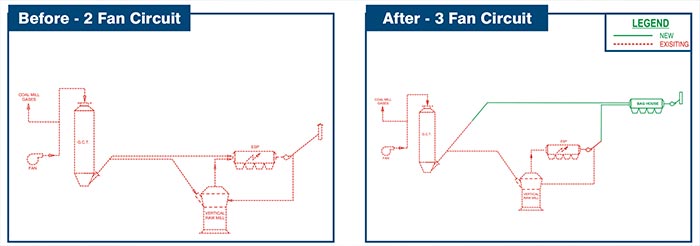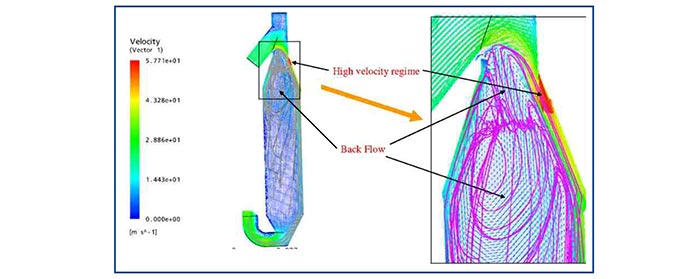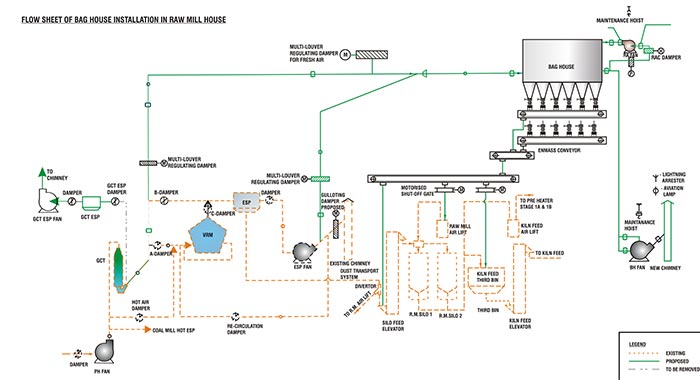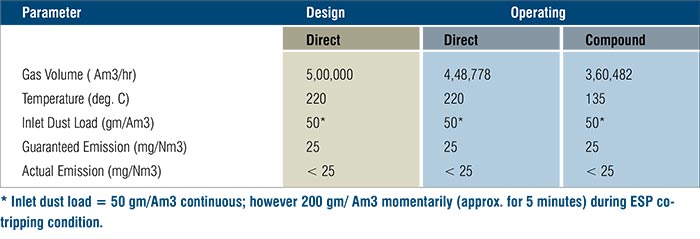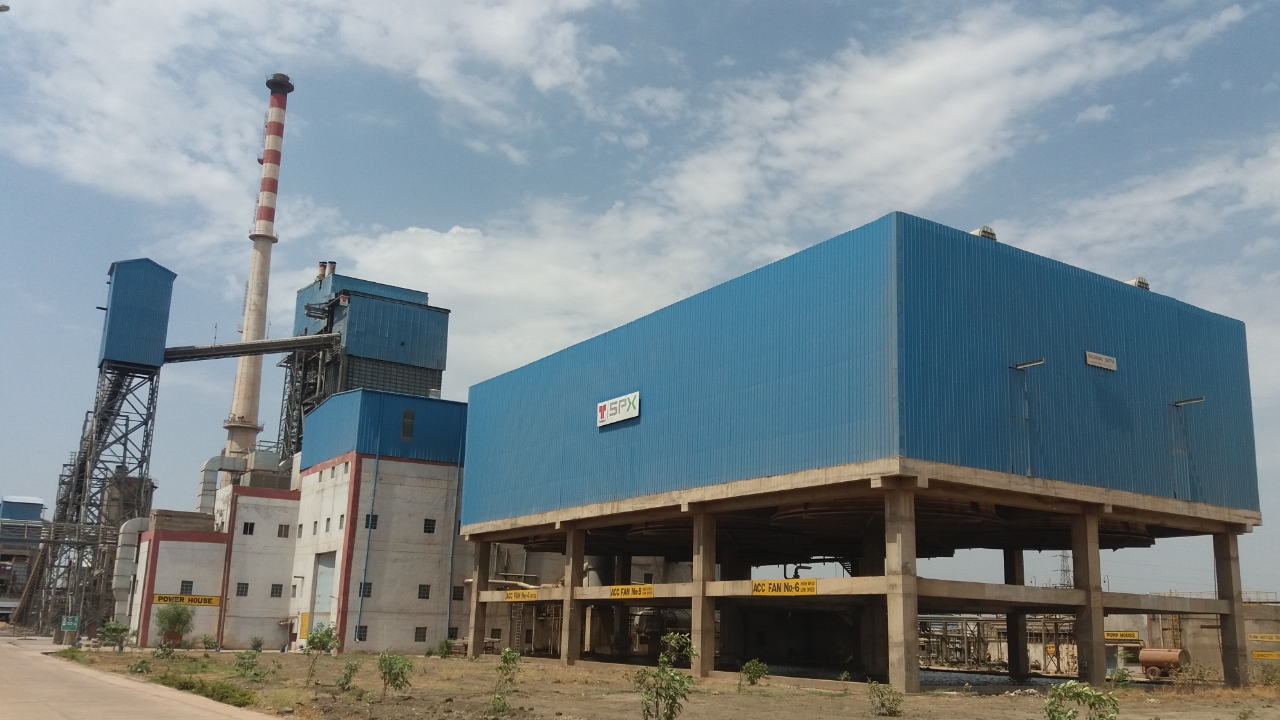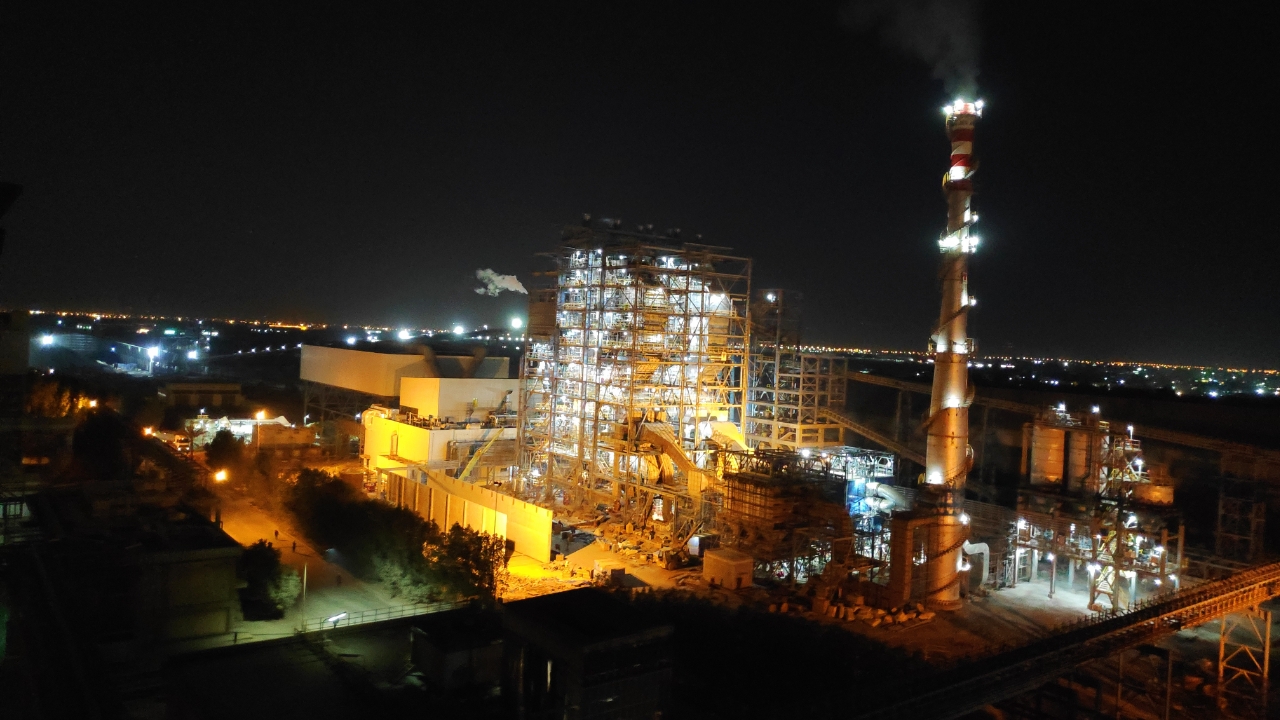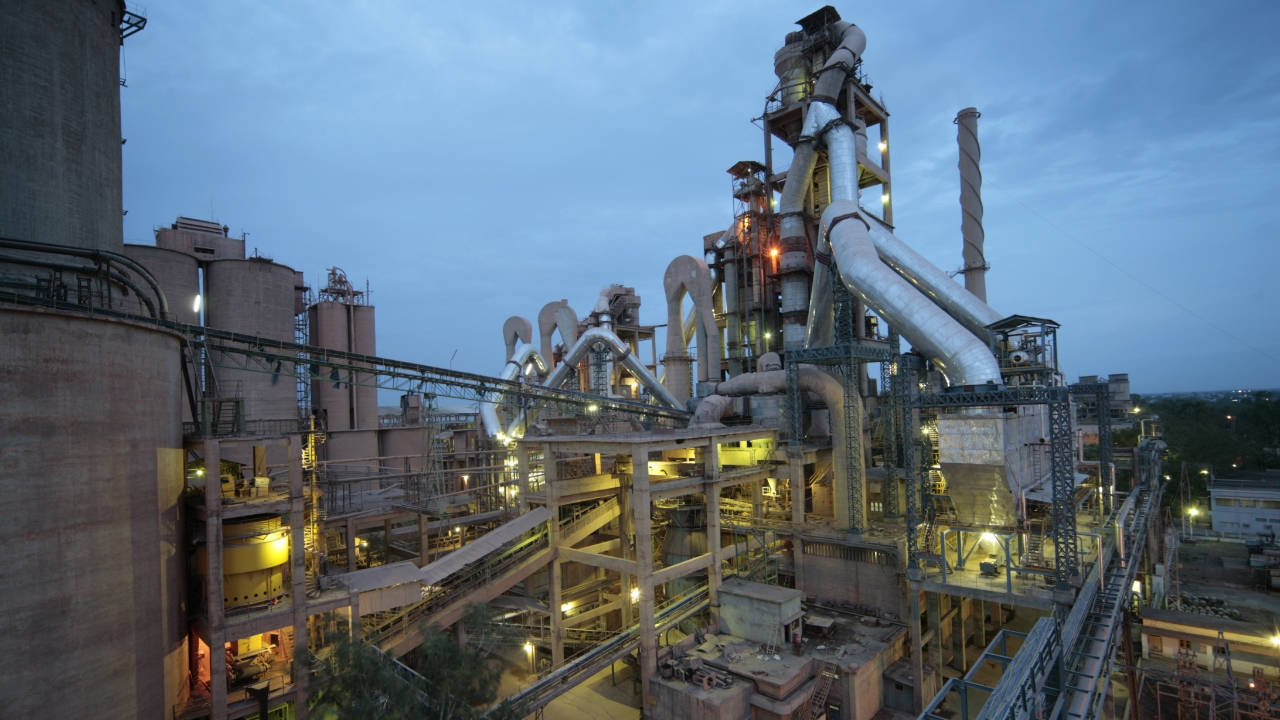Customer Background and Thermax Partnership: Since 2009, Thermax has been a trusted partner to a reputed cement manufacturer in Karnataka for its 6000 TPD unit, providing Operation and Maintenance (O&M) services for the 2×25 MW captive power plant. The plant has two AFBC (Atmospheric Fluidised Bed Combustion) boilers of 110 TPH capacity each generating steam at 88 ata, 520ºC.
Problem: The customer had a challenging requirement of optimising the reuse of their hazardous waste viz. fly ash by reducing its carbon content. As a standard practice, the fly ash generated from the boiler is utilised in the cement mill. However, only the fly ash with a Loss of Ignition (LOI- the amount of carbon left in fly ash which has a potential heat value) less than 8% can be utilised, and the rest needs to be disposed of which has several constraints, considering its hazardous nature.
Further, a high level of carbon content in ash due to Loss of Ignition is undesirable for power plants as it leads to boiler efficiency loss and higher specific fuel consumption.
Approach: To counter this situation, the team conducted an analytical study on factors affecting the increase in LOI. It was identified that LOI was increasing due to insufficient burning of fuel in the secondary part of the boiler. Change in fuel properties also had a significant contribution to the problem.
Solution: Thermax recommended the installation of a Cinder Recovery System to counter the factors leading to a higher LOI in the boiler. This system utilises unburnt carbon in the fly ash by re-firing it in the boiler, which is conveyed through the primary air.
The team made a detailed proposal with a cost benefit analysis of the Cinder Recovery System to the customer. As the system was designed by Thermax’s in-house engineering and commissioning team, the customer was relieved of any risks associated with its performance. The team also modified the intermediate storage of ash, which was resulting in a drop in the temperature of ash.
This modification, along with the installation of the Cinder Recovery System resulted in a reduction of the LOI from 15-17% to 6-8%, while eliminating the need for disposing of hazardous waste.
Benefits:
- Reduction of LOI to 6-8% benefited the customer in many ways – they were able to utilise the fly ash in cement mill and saved on the cost of fly ash disposal
- Boiler efficiency was improved by 0.5%
- Heat rate reduced by 45-50 kcal/kWh
- Fuel saving of approximately 2,250 tons/year was achieved
- Overall fuel saving resulted in a reduction of carbon footprint by 7,321 tCO2e/year


